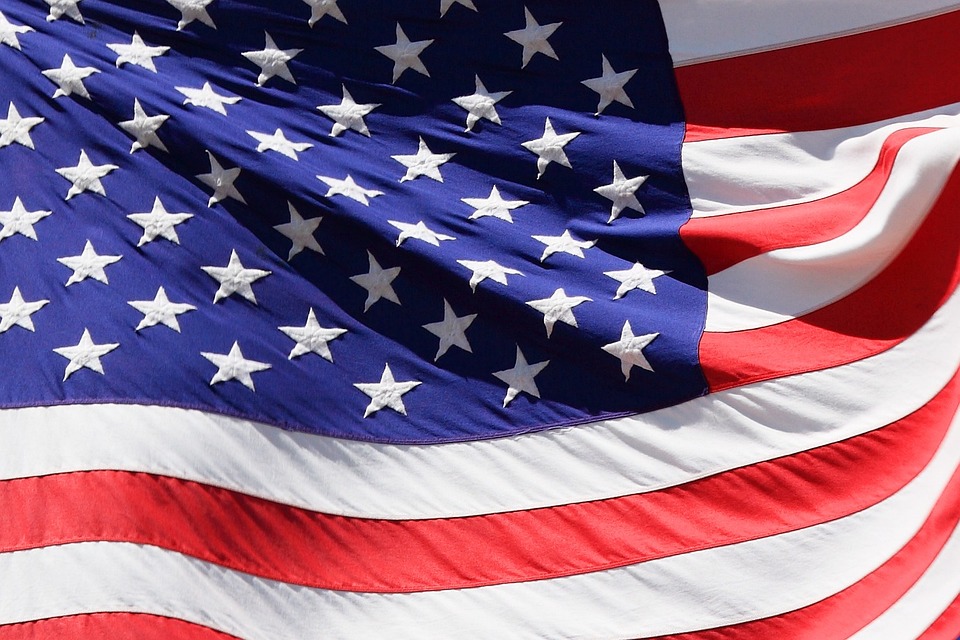The Cultural Significance of National Flags

Flags have been used as a form of representation for centuries, serving as a visual symbol of a nation’s identity, history, and values. National flags hold a special place in the hearts of citizens, representing the ideals and aspirations of a country. They are symbols of national pride, unity, and sovereignty, and are often considered sacred and revered. The design, colors, and symbols of a flag carry deep cultural significance and can tell a story about a country’s past, present, and future. In this article, we will delve into the cultural significance of national flags and their importance in shaping the identity of a nation.
History of National Flags
The use of flags as a symbol of nationality dates back centuries, with early civilizations using banners and standards to identify themselves in battle. One of the earliest recorded flags is the Egyptian flag, dating back to around 3,500 BC. Flags were later used by the Romans, Moors, and Byzantines, among others, as a way to distinguish themselves and project their power.
The modern concept of national flags began to emerge in the 18th century with the rise of nationalism and the formation of nation-states. The French Revolution of 1789 saw the adoption of the tricolor as the national flag of France, symbolizing liberty, equality, and fraternity. This event marked the beginning of the widespread use of national flags around the world.
Design and Symbolism
The design of a national flag is carefully crafted to reflect a country’s history, values, and culture. Colors, symbols, and patterns are chosen to convey specific meanings and evoke emotional responses. For example, the red, white, and blue colors of the American flag symbolize valor, purity, and vigilance, while the stars and stripes represent the 13 original colonies.
Many national flags also feature symbols that hold cultural significance. For example, the maple leaf on the Canadian flag is a symbol of unity and peace, while the sun on the Japanese flag represents the country’s imperial family. These symbols serve as a visual representation of a country’s identity and can evoke strong emotions in its citizens.
The Importance of National Flags
National flags play a crucial role in shaping a country’s identity and fostering a sense of unity among its citizens. They serve as a unifying symbol that transcends ethnic, religious, and political differences, bringing people together under a common banner. Flags are often displayed at important national events, such as Independence Day celebrations and sporting events, to instill a sense of patriotism and pride in the nation.
Flags also serve as a powerful tool for diplomacy and international relations. They are used to represent a country’s sovereignty and are flown at embassies, consulates, and international conferences. The act of raising a flag is seen as a formal declaration of a country’s presence and authority in a particular place.
Flag Etiquette and Protocol
Flags are considered sacred symbols and should be treated with respect and dignity. There are strict guidelines on how flags should be displayed, handled, and cared for, known as flag etiquette. For example, flags should never touch the ground, and should be raised and lowered ceremoniously. In some countries, it is a legal offense to deface or desecrate the national flag.
Flag protocol also dictates the order in which flags should be displayed, with the national flag given precedence over all others. In the United States, for example, the American flag should always be flown above all other flags and should be displayed on the right when displayed alongside other flags.
Conclusion
In conclusion, national flags are powerful symbols that hold deep cultural significance and play a vital role in shaping the identity of a nation. They represent a country’s history, values, and aspirations, and serve as a unifying force for its citizens. Flags are more than just pieces of cloth; they are symbols of national pride, unity, and sovereignty, and should be treated with the respect they deserve.
Next time you see your national flag waving proudly in the wind, take a moment to reflect on the cultural significance and symbolism behind it. Remember that the flag is a representation of your country’s past, present, and future, and embodies the hopes and dreams of its people.